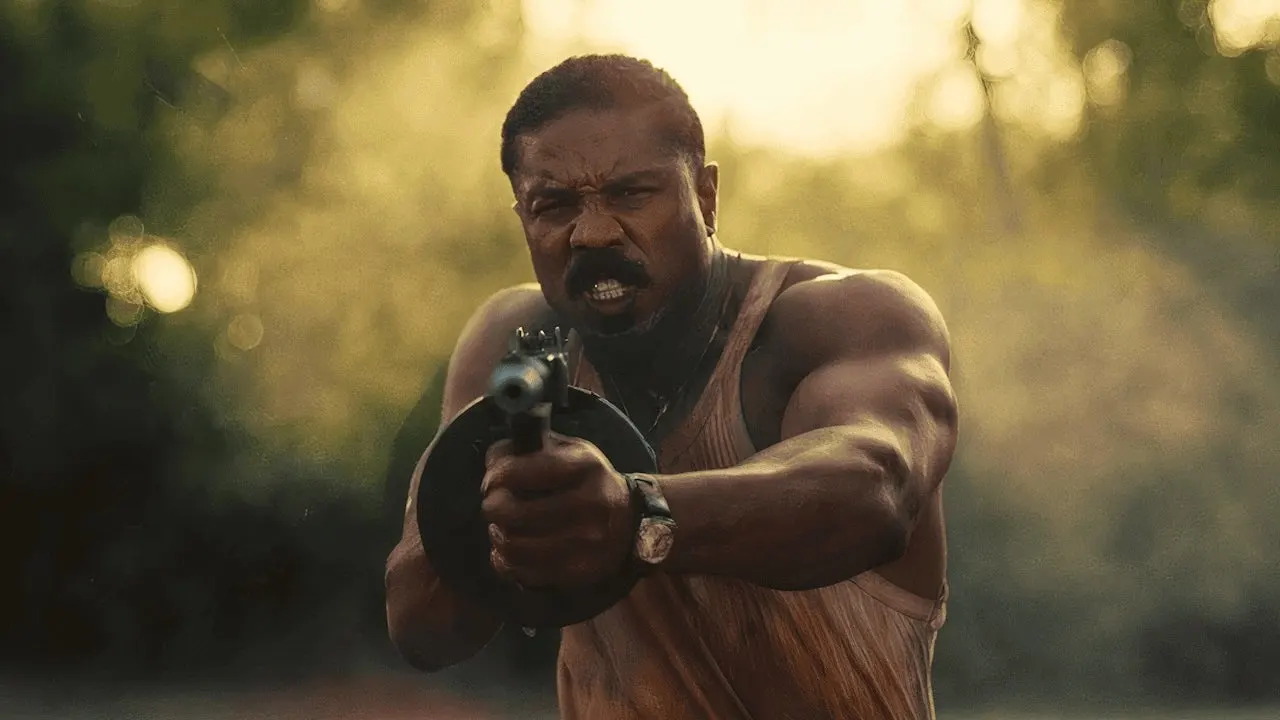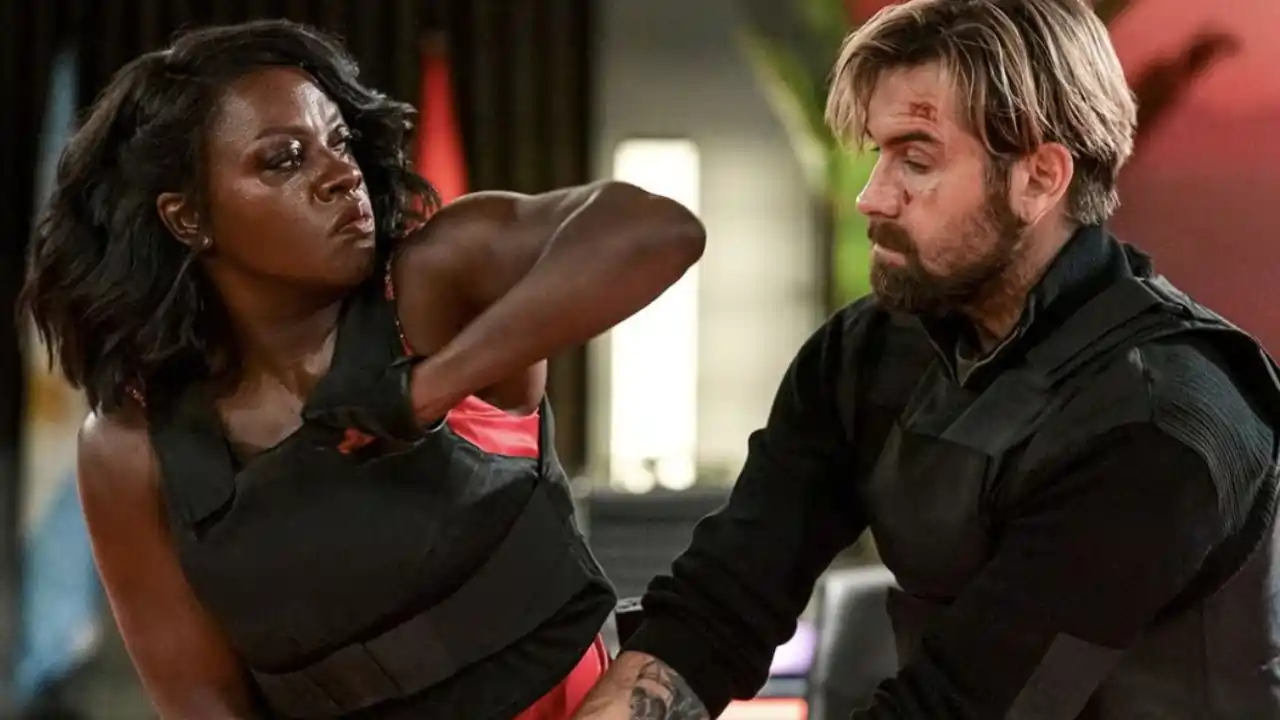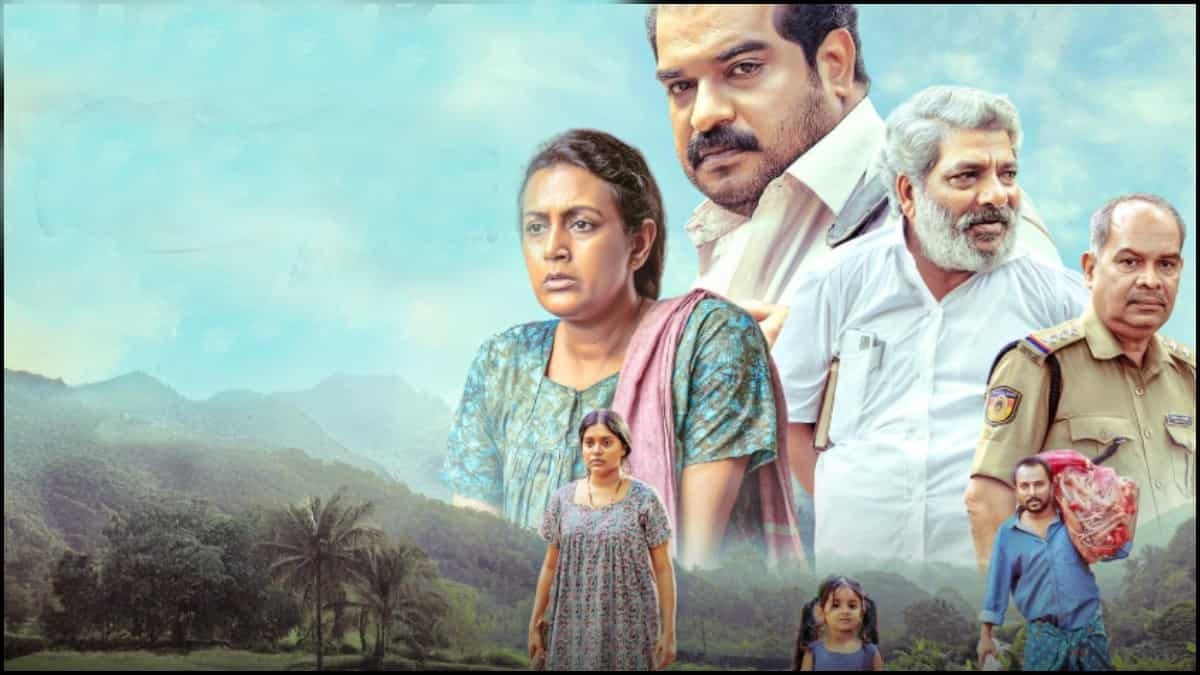
Good Bad Ugly review: Adhik Ravichandran’s fan service is crash course on Ajith’s career, but never rises above being a showreel
12 days ago | 5 Views
Good Bad Ugly movie plot
AK, also known as The Red Dragon (Ajith Kumar), is a gangster with a troubled history who decides to surrender after his wife separates him from their newborn son, Vihaan, due to his violent behavior. Eighteen years later, having only communicated with his son, who was raised in Spain, through video calls, AK resolves to meet Vihaan in person for his 18th birthday. However, when Vihaan faces serious accusations and is arrested, AK must revert to his former ways to rescue his son from a criminal network in Spain.
Good Bad Ugly movie review
Shortly after viewing Good Bad Ugly (GBU), a question arose in my mind: What could have been Adhik Ravichandran’s vision while creating GBU? It seems likely that it involved challenging the audience to discover the numerous Easter eggs hidden throughout the film.
When given the chance to collaborate with a long-admired figure, what would your approach be? Would you prefer to showcase their new talents or indulge in recreating the moments you cherished from their previous performances? It can be an intriguing endeavor to explore their capabilities within your own creative framework. However, Adhik Ravichandran opts to craft a film that serves as a showcase of Ajith Kumar's illustrious career, essentially providing a condensed overview of the actor's cinematic journey thus far.
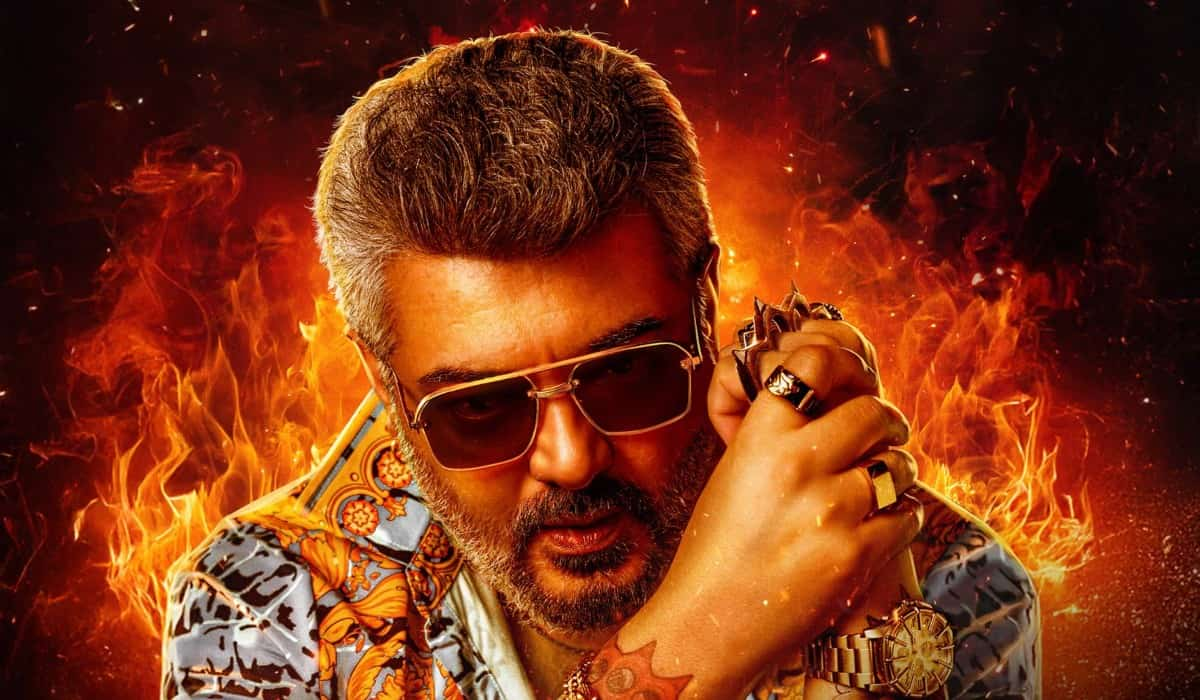
Having previously shared the screen with Ajith Kumar in Nerkonda Paarvai, Adhik spares no effort in highlighting the various facets of Ajith Kumar's persona. To streamline references, I will refer to him as AK, as the actor prefers. Adhik also chooses to simplify matters by naming his protagonist AK, reflecting the actor's preference in GBU.
In the past, AK, previously known as Dheena, has now taken on the persona of Red Dragon. He once wooed his wife Ramya (Trisha Krishnan) with the song "Vizhiyil Un Vizhiyil" from Kireedam, and his charisma has allowed him to captivate audiences, a skill honed during his Billa days. The actor reflects on his dual nature, recalling his Vaalee roles when he spun tales about Sona to his Priya. To add to the excitement, Priya makes a return, marking a long-anticipated reunion.
Moreover, his catchphrase “adhu” has gained popularity among his adversaries, much like the now-absent term “Thala,” which makes subtle appearances alongside visual cues featuring horns superimposed on the actor. Additionally, GBU serves as a platform for Ajith's messages to his fans, emphasizing the importance of confronting life's challenges with resilience: “One should face problems in life like me, not run away,” and “I have never gathered a crowd,” highlighting his preference for limited public appearances.
From beginning to end, GBU boldly champions fan-centric cinema, often neglecting its narrative quality. Adhik, who previously crafted an engaging screenplay for Mark Antony, seems to lose focus, becoming overly enamored with star worship. It takes until the second half for him to regain his footing and recognize the necessity of strong writing, despite the presence of Easter eggs. This marks the beginning of GBU's redemption.
In GBU, viewers witness an unabashed AK who fully embraces Adhik’s vision of celebrating his character on screen. His undeniable charisma propels the film, as he effortlessly makes the moments his own, even when delivering a contemporary line, “I’m waiting,” or when his companion Tyson (Sunil) requests karapori, all while Dhanalakshmi… ahem… Trisha… I mean Ramya, is present as they make their escape from Bombay.
You can observe AK embracing his freedom and relishing his performance on screen, portraying a calm and composed character dressed in patterned and unconventional shirts, as he gracefully entertains the audience. I must emphasize once more that GBU is a film that consistently delivers an adrenaline rush with numerous callbacks; however, it falls short in terms of substantial writing. Additionally, the recreation of a certain classic hit would have benefited significantly if the performer had received more rigorous dance training.

Adhik successfully establishes the right elements, including the background score, dialogue cues, mannerisms, and the performances of his supporting cast. Notably, Prasanna, who plays AK’s brother-in-law, is referenced as "punnagai arasi," while Trisha, who began her career with the film Lesa Lesa, also receives mention. Clearly, the cast excels in their roles, drawing from their impressive film backgrounds. Arjun Das, who is given a unique opportunity to showcase his duality, effectively portrays his character's malevolence; however, had the writing been more developed, GBU could have achieved greater heights.
The flaws in GBU become apparent when one removes the references and stylistic elements. The narrative, while straightforward and somewhat simplistic, heavily depends on the actors and their ability to connect with the audience through dialogue and cultural references. With its pacing issues and a screenplay that lacks depth, Adhik’s film does not stand as firmly as it might have without the star power it possesses.
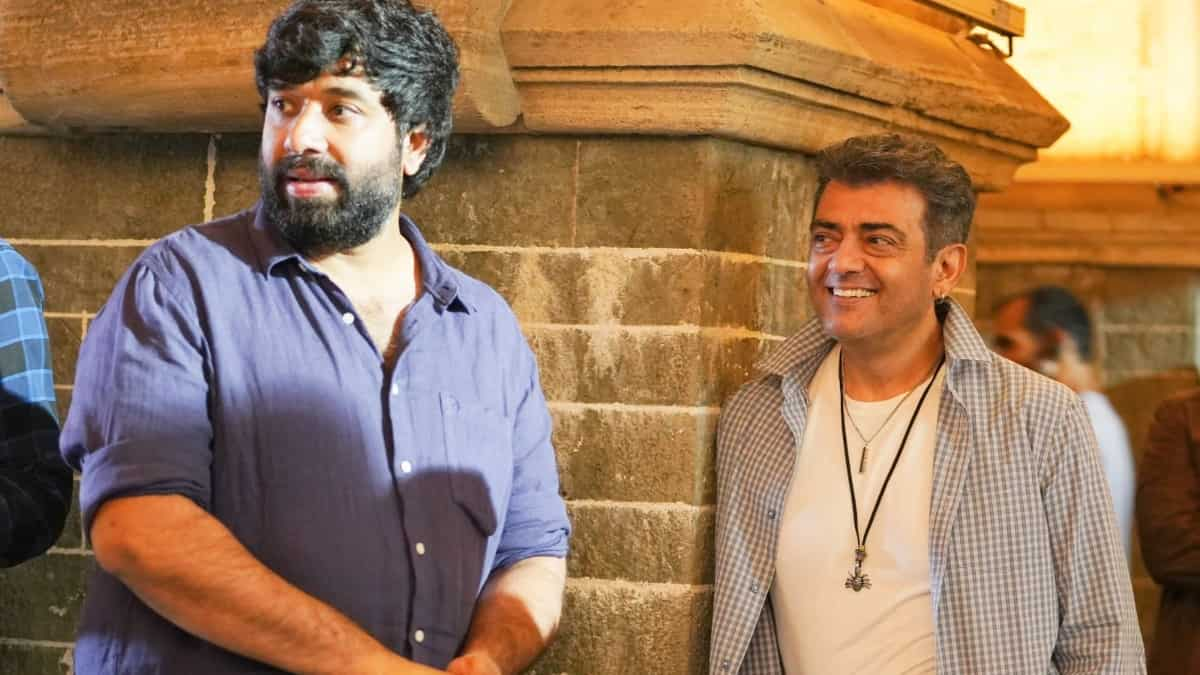
Good Bad Ugly movie verdict
GBU caters to fans, featuring memorable moments and Easter eggs for those who seek enjoyment in such elements. The film takes time to establish its rhythm in writing and occasionally stumbles. However, for those who appreciate the joy of cinematic experiences and nostalgic celebrations, this film is well-suited for you.
Read Also: Jack Review: Siddhu Jonnalagadda’s Action Comedy Misses the Mark
Get the latest Bollywood entertainment news, trending celebrity news, latest celebrity news, new movie reviews, latest entertainment news, latest Bollywood news, and Bollywood celebrity fashion & style updates!


